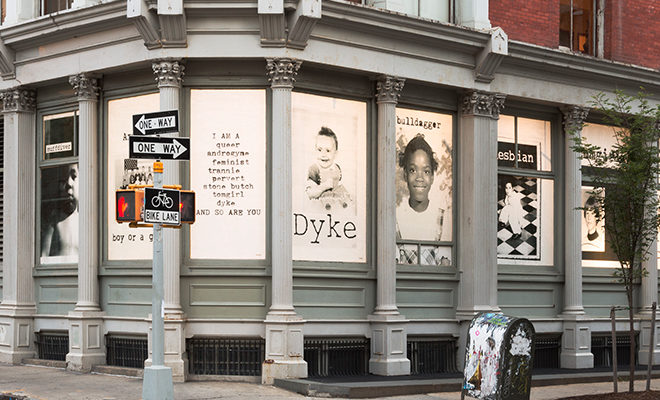
BEQ Today
Leslie-Lohman Museum: Building LGBTQ community & identity through art
By Jessie Wagoner
Put aside your preconceived notions of a visit to the museum and step inside the Leslie-Lohman Museum in New York City’s SoHo neighborhood to experience art in a whole new way.
Gone are the days of solitarily gazing at artwork on the walls. Each exhibit at the Leslie-Lohman is carefully curated to engage the visitor — eliciting an experience to remember rather than a piece to merely observe.
“We see more and more visitors coming together to the museum, wanting to share the experience, wanting to look at things together and be able to discuss it,” Gonzalo Casals, executive director of the Leslie-Lohman Museum, says. “A lot of our programs are driven by this idea of not solely what we hang on the walls but what the gallery itself looks like to offer visitors an experience where they can feel comfortable and feel like they can linger a little longer and connect with one another.”
The Leslie-Lohman Museum is the only dedicated art museum in the world which exhibits and preserves artwork that speaks to the LGBTQ experience. It provides not only a space dedicated to the talents of LGBTQ artists but also provides a safe place for visitors to learn more about the culture and themselves.
Generally, people learn about their culture and develop their cultural identity from their parents and grandparents. This is rarely the case for those who identify as LGBTQ. Visiting the Leslie-Lohman Museum and being exposed to the works of LGBTQ artists is a way to experience a larger community and develop a sense of self not gained from family, Casals says. The experience can be empowering and provide a sense of belonging for visitors.
“We hope that if you are a member of the LGBTQ community, then you see yourself reflected in the work on these walls,” he says. “There is a sense of empowerment that comes from seeing that you are a part of this society. Whatever you are going through, you are not alone, there is this larger community that is with you.”
Visitors who are not a part of the LGBTQ community are always welcome at the Museum. Casals says there is a place and an opportunity for an impactful experience for allies as well.
“If you are not a member of the LGBTQ community, then this art provides an amazing window, an amazing opportunity, for having conversations about complex ideas or sometimes difficult issues or themes you wouldn’t otherwise have an opportunity to experience or express,” he says.
Art can be a tool to elicit change — it can spark a revolution and provide a voice for the voiceless. Art provides a form of self-expression for the artist and connection for the viewer. The Leslie-Lohman Museum serves as a host for art to work its magic while also serving as a safe space for every visitor.
A new exhibit, Art After Stonewall: 1969-1989, will debut in April. Timed with the 50th anniversary of the Stonewall Uprising, it is the first major exhibition to examine the impact of the LGBTQ civil-rights movement on the art world. The larger-than-life will be split between the Leslie-Lohman Museum and the NYU Grey Art Gallery and includes over 150 works of art and related materials.
“The exhibition is not only looking at Stonewall and the moment of the rebellion,” Casals says. “It’s also looking at the liberation movement that came right after that week. The exhibit looks at art from the ’70s and ’80s that sort of best represents and was created in the context of gay liberation.”
Key themes surveyed through Art After Stonewall include coming out, sexual outlaws, the uses of the erotic, gender and body, things are queer, AIDS and activism, and we’re here. With such an expansive collection it is bound to elicit plenty of conversation.
The Stonewall Uprising launched a period of liberation in the LGBTQ community but there is still much work to be done to achieve full equality. Casals says art and culture can serve as a powerful tool to communicate, advocate and ultimately lead to change.
“I am a strong believer that the arts and culture are a powerful tool to communicate a message and enable conversations,” he says. “I think that hanging work by queer artists on the wall of a museum is still a very political act. We hope to continue to empower and inspire new generations to create the space we deserve in our society.”
To learn more about the Leslie-Lohman Museum and art on display, visit leslielohman.org.
Business Equality Pride (BEQPride) is the first publication from the BEQ family of national print and digital magazines exclusively addressing the needs of LGBTQ small-to-medium sized businesses, entrepreneurs and professionals.



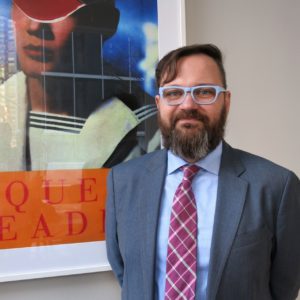


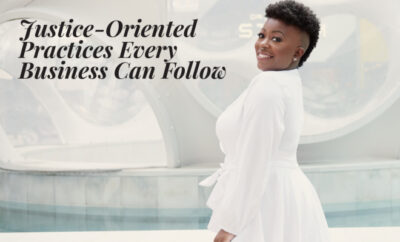
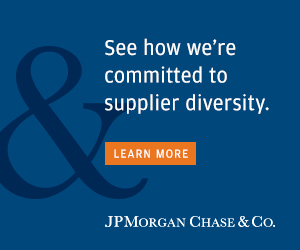
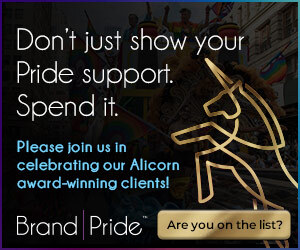

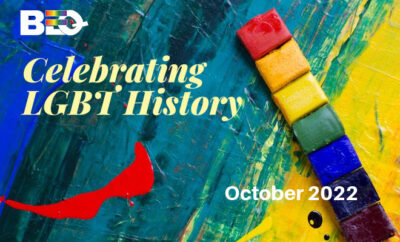
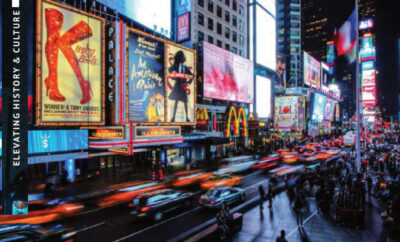






0 comments